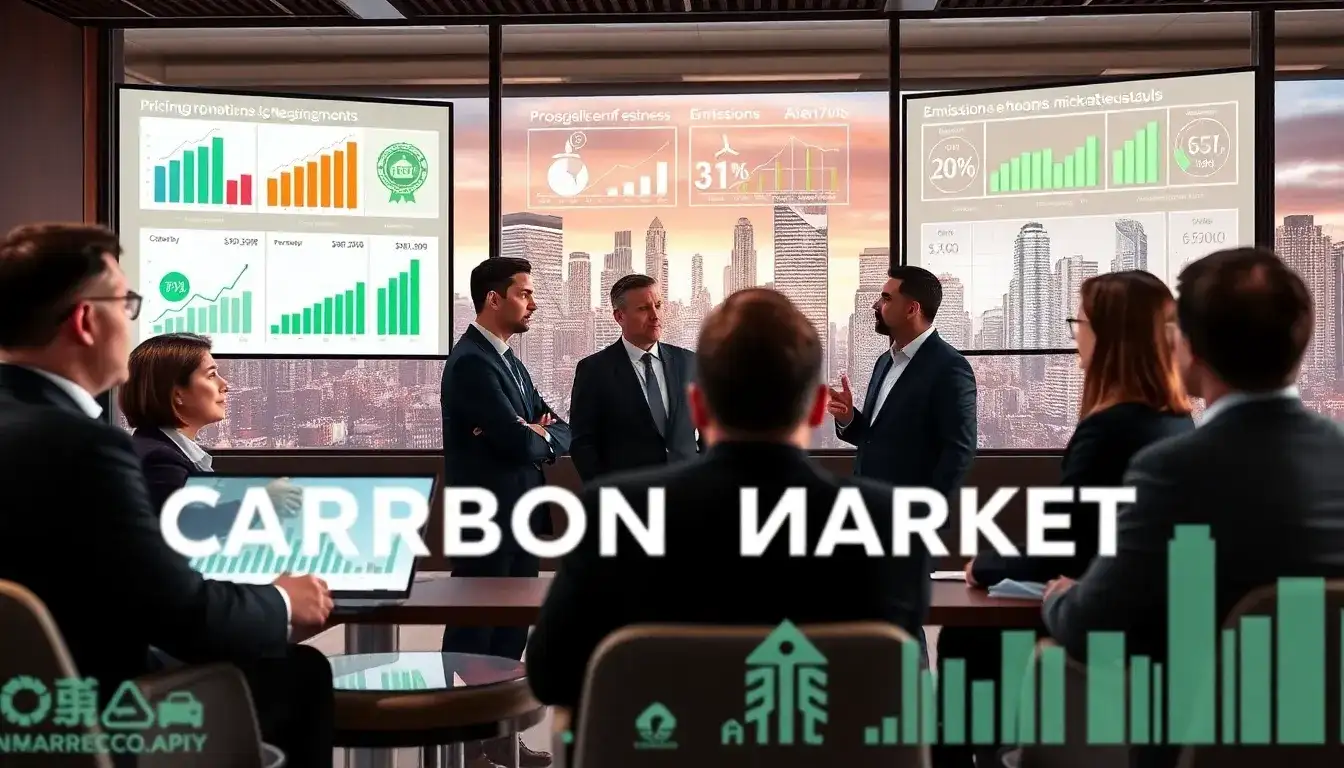
Carbon Central and Weekly Report (Issue 180): Special focus on strengthening national carbon pricing mechanisms, primarily targeting the carbon market; the European Commission proposes to relax regulations on car emissions.
On April 7, 2025, at 20:15, 21st Century Financial News reported that the national carbon pricing mechanism will be primarily governed by the carbon market. This is a significant step to address the most recent carbon emission policies, including the adjustment of carbon pricing strategies, local government actions, and enterprise implementation plans. We will analyze key events within the carbon central policy framework and provide a comprehensive information platform.
1. Carbon Central Policy 1: The national carbon pricing mechanism on April 2 will be regulated by the Ministry of Ecology and Environment, which will issue a document titled “Guiding Principles for Carbon Pricing Mechanisms”. This document will provide guidance on the new pricing strategy and the establishment of mechanisms to support green energy transitions and resource pricing policies aimed at enhancing the efficiency of renewable energy systems.
2. The European Commission’s proposal to relax regulations on car emissions on April 1 signals a step towards creating a more flexible framework for the automotive industry. The proposal aims to facilitate the production of new vehicles, including passenger cars and freight trucks, that are compliant with carbon emission targets, thus allowing for a more dynamic response to market needs.
The commission’s recent announcements indicate that the proposed measures will support the automotive industry in meeting carbon reduction goals. This includes establishing a stable framework for carbon trading and ensuring that the pricing mechanisms are robust enough to encourage compliance from manufacturers.
3. On April 29, a significant agreement was reached on carbon emission trading systems that will regulate the carbon market in various countries. This agreement will enable countries to implement stricter measures to control emissions, including the establishment of limits on carbon emissions from key sectors.
4. The carbon market in China is projected to see a supply shortfall of approximately 34 million tons by the end of the year, as reported by industry analysts. This shortage highlights the urgent need for effective management and strategic planning within the carbon market.
In summary, the current developments in carbon pricing mechanisms, regulatory measures from the European Commission, and anticipated market trends indicate a significant shift towards more stringent carbon reduction policies. It is essential for enterprises to adapt to these changes to ensure compliance and sustainability in their operations.







